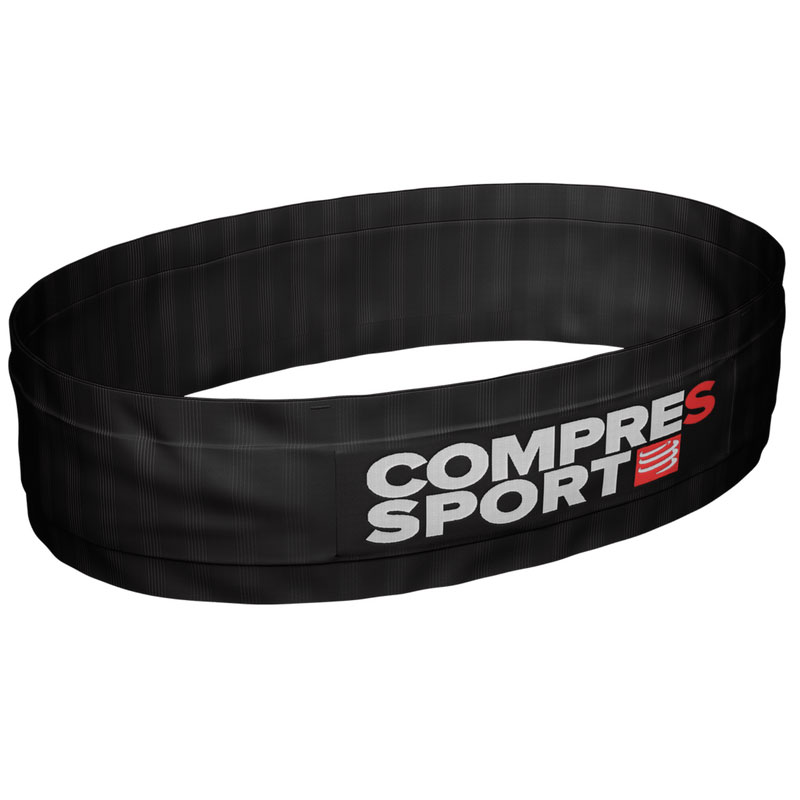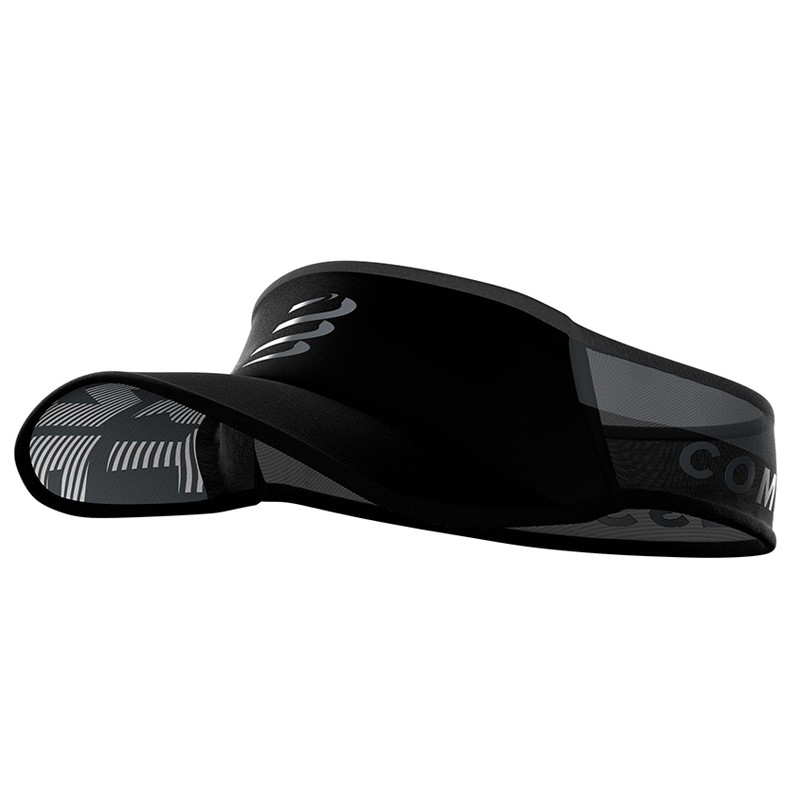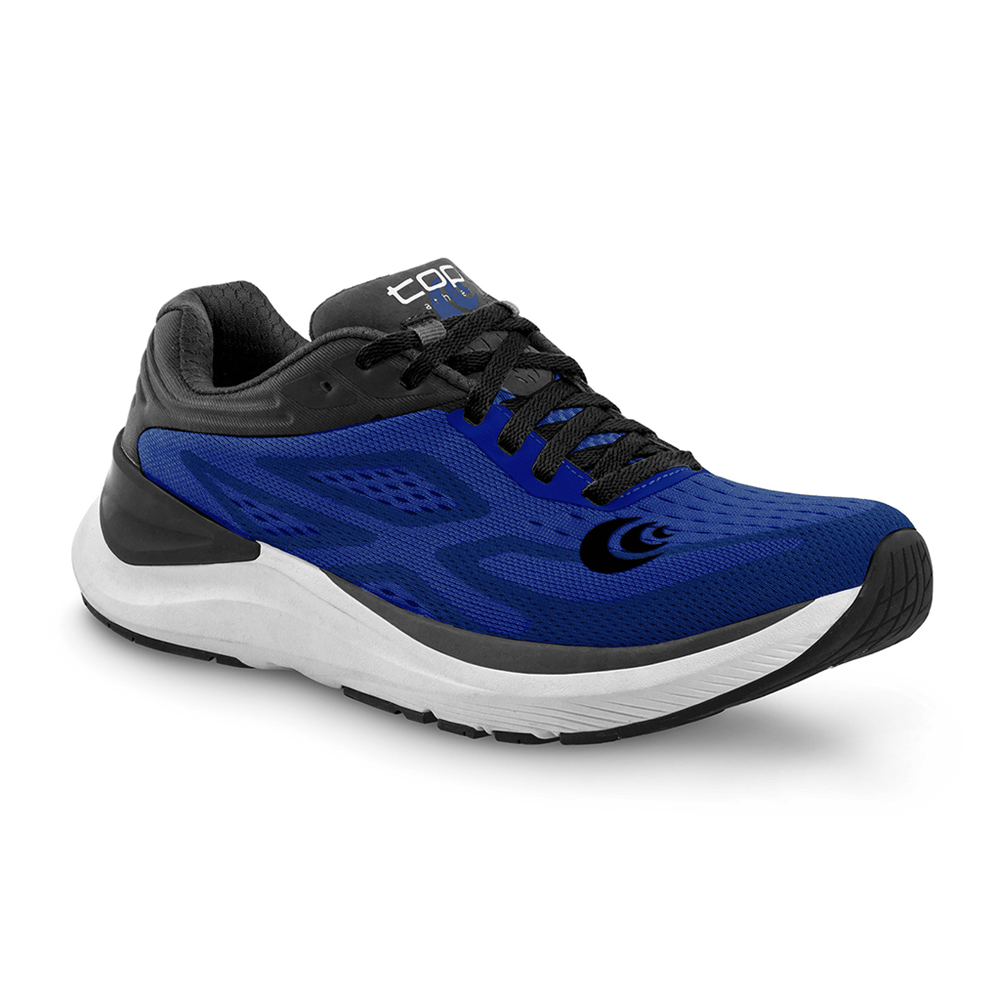In short, tempo runs are a high-effort type of running training that can increase your race pace. It is running at a faster pace than your usual pace, but not as fast as your race pace. In fact, there are actually 3 types of tempo runs, each producing a different desired effect. However, it’s not simply running as much as you can at the tempo run pace that makes you a better runner. It’s when you work out intentionally and target specific outcomes that you’ll start to notice those big benefits.
And exactly what is a tempo run for? Well, just like running headbands and running belts can help to make your run more comfortable, incorporating this popular speed workout into your usual training routine can help improve your anaerobic, aerobic, and lactate thresholds – depending on the type of tempo runs you do. The ultimate goal of doing tempo runs is to run at a faster, steadier pace for longer during races and marathons.Â


To learn more about how tempo runs can benefit your running speed, stamina, and even your oxygen uptake capacity, keep scrolling down. But if you only have 2 minutes, skip to the end for a quick summary and save this article for later.
Are Tempo Runs Effective?
Luckily, tempo runs are not just another running “hack” that promises to speed you up in less than 7 days or your money back (and then you don’t get your money back). And it’s not another gimmicky training program that you have to pay big dollars to access either. It’s simply another form of speed training that you can try out to help improve your race pace.
Fans of the method say that it has helped them run at a significantly faster pace for longer periods, while others say it actually set them back one or two running goals. As with any other form of exercise, there is evidence both for and against the effectiveness of tempo training. Also, it matters that you do the correct workout to gain the desired effect. Running tempo runs at a pace higher than your thresholds can negate any benefits.Â
So, if you are thinking of incorporating tempo runs into your training routine, take it slow and consult a professional before making any big changes.
3 Types Of Thresholds Increased By Tempo Runs
Anaerobic threshold
What it is:Â
The anaerobic threshold is the point during exercise where lactic acid begins to build up in your bloodstream more quickly than your body can dispose of it. This is when hydrogen ions start accumulating in the tissue, which lowers your muscles’ pH. When you begin to feel a burning sensation in your legs, it’s your body saying you’re on the edge of the anaerobic threshold.
How to improve it:Â
Incorporate cruise intervals and tempo runs at the tempo effort, as well as tempo intervals and tempo efforts.
Aerobic threshold
What it is:Â
The aerobic energy system provides the main fuel for long-distance runs. This system produces energy slowly, so it’s not a reliable source of energy when you need an instant boost. The aerobic threshold is working out at a level of intensity that won’t cause too much lactic acid to build up. The higher your aerobic threshold, the longer you can run at a fast pace before your body crosses into the less sustainable state: anaerobic metabolism. The aerobic threshold is the current race pace for many runners.
How to improve it:Â
Incorporate targeted endurance and stamina workouts.
Lactate threshold
What it is:Â
This is a term that is often thought to be the same as the anaerobic threshold. But while they are both related to the body’s production of lactic acid, they are slightly different to one another. The lactate threshold refers to the point during a run when lactic acid is just starting to build up.
How to improve it:Â
Incorporate easy speed workouts and longer endurance workouts.
Â

How to do a tempo run
Every runner has a different body type, running goals, and current running tempo. Generally, the pace of tempo runs are around 75% of your big-day race pace. For better reference, your tempo run pace and the distance covered sits between your half-marathon and 10k race pace. At the end of the workouts, you should feel as though you could have run a bit harder, but not feel as exhausted as you do on race day. Switch up your routine between doing sustained tempo runs and tempo repetitions. Sustained tempo runs don’t allow for a break but tempo repetitions require a break in between intervals.
As your thresholds increase, so will your running pace, so adjust your tempo run pace accordingly. It may be helpful to use the McMillian Calculator to determine the exact tempo pace you need. You should stick to a tempo run pace for at least 2 weeks before attempting to increase the running distance. And most importantly, always warm-up before getting into your speed workout so your heart rate can increase at a steady pace. Make sure to cool down too. Below is a sample of a tempo run pace training plan:
Anaerobic:Â
In week 1, do a 40-minute tempo effort. In week 2, do 10-minute tempo intervals at the tempo effort pace 4 times, with a brief break between each one. Alternate between the different anaerobic threshold workouts.
Aerobic:Â
Steady runs and marathon pace run intervals.
Lactate:
 2-5kms warm-up run, 2x5kms run at race pace, 2-5kms cool down run
“What is a tempo run?” in 2 minutes
- Tempo runs aim to improve your anaerobic, aerobic, and lactate thresholds
- Higher thresholds = run for longer periods at a steadier, faster pace
- Lower thresholds = easily fatigued during long-distance runs
- Running faster doesn’t mean you are improving your thresholds
- Do not train at your goal pace
- Targeted, intentional tempo runs improve the thresholds over time
- The speed of tempo runs are around 75% of your race pace
- Always warm-up prior to doing tempo runs and cool down after
Keep up the race pace
Once you’ve tried your first tempo run, you’ll probably feel a burning sensation in your legs and a desire to push yourself a little more next time. Because boy, trying to improve your running time and race pace is some hard work. While you’re here, we’d also recommend checking out our guide on “how to run a faster 5k”.Â
That being said, while you can work to improve your lactate threshold, you can also take running gels to give you an extra energy boost when you start to feel tired during a race. Don’t forget that running gear is also as important as working out and the nutritious food you fuel your body with.

Here at Pure Running, we stock a great range of running apparel including top quality running shoes online. Some of the popular Coros watches can also help find your approximate lactate threshold pace so you can track your progress. And as runners ourselves, we only offer running nutrition and apparel that we are big fans of too, so you can be sure you are getting a tool that works. And besides, it doesn’t hurt to look and feel great while you are out and about.









